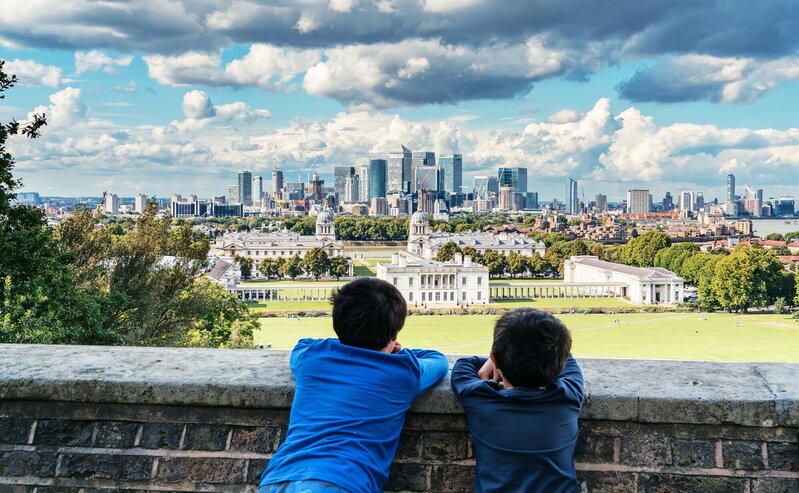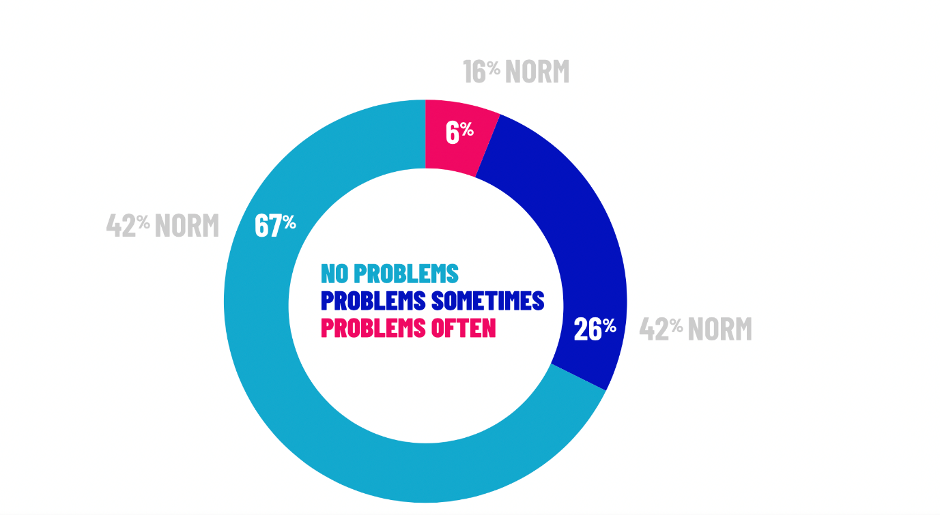
02 Aug Tourists Vs Residents
With growing population numbers and increased tourism post covid, how can we maintain access to public spaces and facilities for all in cities which are turning into a tourist destinations?
According to recent Census figures, the population in England and Wales has increased by 6% in the last decade. This rise is one of the biggest, since the census began in 1801.

The census is carried out every 10 years by the Office for National Statistics (ONS), who ask people questions and build a detailed snapshot of society. The results are intended to help make decisions on planning and funding public services such as transport, education and healthcare.
So, with population numbers increasing, post covid travel (overseas and in the UK) struggling to cope and with schools out for summer, we´re seeing more tourists in UK cities as they become travel destinations in their own right. But what is the impact of a growing population and tourist crowds on our cities and how we live?
The pandemic presented us with an opportunity to review our health and safety regulations, new placemaking opportunities and to examine the use of our public spaces. Changes included implementing new cycling lanes, alfresco dining and low traffic zones, which created divisive views between those businesses and communities that benefited against those that did not. Many of these schemes were cancelled this year or not made permanent when the opportunity arose so how do we get the balance right to provide for residents while also making places appealing to tourists?
We´ve had a look at what some countries are doing to prevent residents being affected by tourists and reviewed what might work in the UK-
- According to Engage Liverpool´s 2021 seminar, countries such as Portugal, are implementing a tourist tax, which is then used for public services such as public realm maintenance ensuring that tourist spots remain clean for both residents and tourists to use. Usually, UK public services are managed by local authorities, and in some cases, supported by BIDs but how is the funding ringfenced and how is it being spent? Would this approach of having a generalised tourist tax help raise much needed funds for our local communities or offset the impact of tourism locally?
- Copenhagen 10X reported, 67% of local residents in Copenhagen experience no problems with the city’s tourism and overall are positive about welcoming even more visitors to Copenhagen in the future according toa citizen-based survey on tourists in Copenhagen and what tourists can do for locals. Read the full report and strategy here.

- Another suggestion we´re seeing pop up across Europe is new build homes with hotels and properties are built outside of city centres to encourage visitors to move around the region and not put added pressure on city centres, particularly in more historic, smaller places. This idea is dependent on what public transport or parking is available – so could this help move tourists out of larger cities like London, which is well connected with multiple trains, buses and tubes and with the opening of Crossrail/Elizabeth line putting even greater numbers of people within short journey time of the centre
- In Barcelona the size of tourist groups has now been limited to 30 people or less. Another requirement is the use of radio guidance systems and to reduce noise and noise pollution. Tour guides also have to ensure that 50% of the pedestrian streets width will remain free for other people. Is this something that could be managed within the busy streets of London and particularly are pressure points which include some of the more well-known markets such as Camden, Portobello Road and Columbia Road Flower market?
- Last month, The Guardian reported that the residents of the UK seaside town of Whitby (the capital of Yorkshire ´s tourist trade) in favour of making all new-build homes in the town full-time primary residences. This was implemented in an attempt to balance the amount of tourists vs residents in the town.
- The Guardian also noted that between 2009 and 2018, 50% of British coastal towns saw a decline in employment (a figure some 13% higher than in non-coastal towns). Population has declined in almost one in three smaller seaside towns over the same period. As a result, researchers over the last decade have been desperately trying to work out why British coastal areas in general are on the wrong end of such socioeconomic statistics. Could the fight against second homeownership help to support resident numbers and local communities?
It seems that as European tourism evolves post-pandemic, so can the UK´s approach to how we live and work harmoniously. If you´re happy in the environment you’re in, you’ll live there!
What other things do you think the UK could implement?

